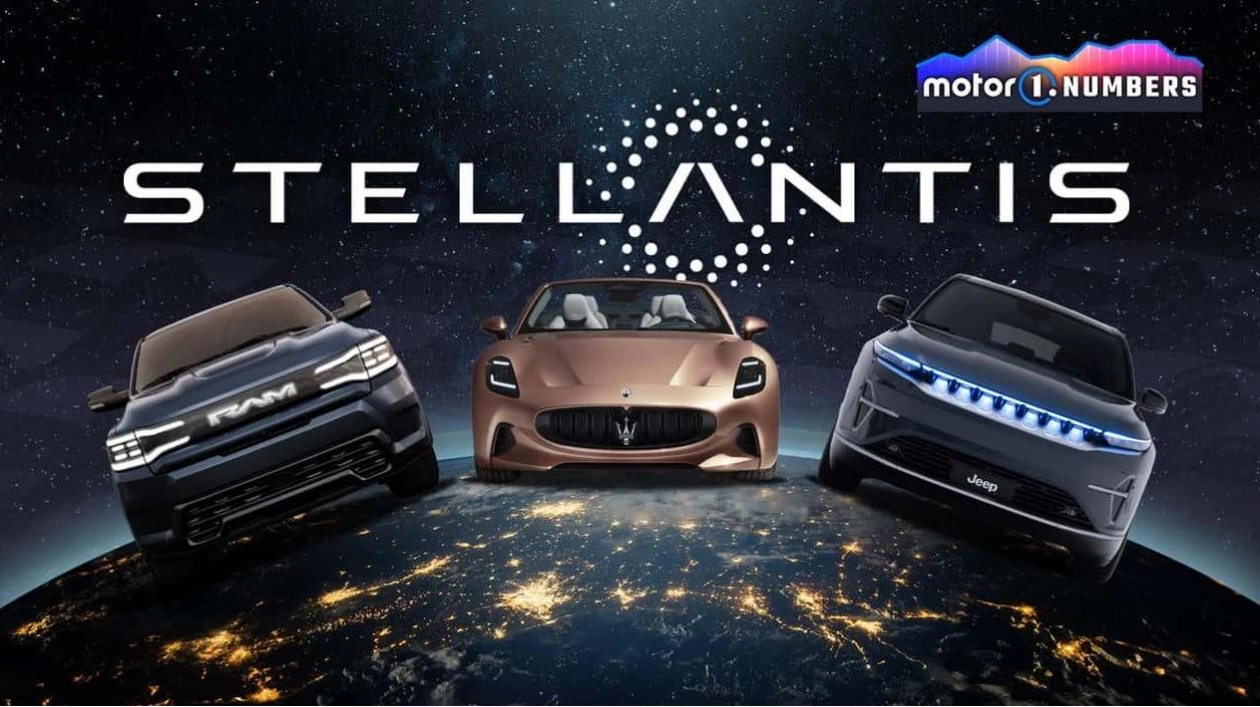Stellantis, an expansive automotive conglomerate, boasts a portfolio of 14 brands within its corporate structure. Formed in 2021 through the merger of PSA and FCA, Stellantis has thus far retained all its constituent companies. CEO Carlos Tavares has allocated each brand a decade to prove its viability, though this year's underwhelming financial performance has prompted him to hint at the potential elimination of underperforming brands. Three years post-merger, the landscape is becoming increasingly complex. Managing such a diverse array of brands, often with overlapping markets, is challenging. Coupled with the mounting pressure from Chinese manufacturers and the imperative of electrification, the situation is notably intricate. The viability of a brand today hinges on its capacity to captivate multiple global markets and customer bases. Mere competitiveness in a single market or region is insufficient. The escalating competition from China is exacerbating the difficulties for brands heavily reliant on specific markets. This is why Jeep remains the most intriguing brand within Stellantis, in my view. Despite current challenges, Jeep is a globally recognized entity operating in a favorable segment with a storied history. In 2023, this iconic brand accounted for 17 percent of the group's global sales, totaling 1.04 million units. This figure represents a 6 percent decline from 2022, attributable to demand issues in the United States and Canada, and disruptions in local production in China. Nonetheless, Jeep has established a strong foothold in Brazil and Europe and could further enhance its presence in the Middle East, Africa, and Southeast Asia. The primary challenge lies in accelerating product launches. Ram also holds significant potential. As an American brand with no footprint in Europe or Asia, it thrives in the pickup and light commercial vehicle segments, which are strategically crucial in emerging economies experiencing growth. Latin America, Africa, the Middle East, Turkey, Central Asia, India, and Southeast Asia collectively represent 22 percent of global light vehicle sales in 2023 (excluding Russia and Iran). Including Australia and New Zealand, where pickups are highly popular, elevates this share to nearly a quarter of global car sales. 7%* Emerging markets are highlighted. Sales of pickups, commercial vans, and LCVs across these markets reached 3.8 million units. When the United States and Canada are included, this total rises to 7.5 million units.* Emerging markets are highlighted. The third brand that remains promising is Maserati. Currently grappling with challenges, it possesses several strengths that, if effectively leveraged, could yield significant rewards. Primarily, it is still perceived as a luxury brand, a crucial distinction as it is shielded from Chinese competition that plagues mainstream and premium brands. Secondly, it is a global brand, recognized worldwide even if not present in every market. Although trailing Porsche in sales and product range, Maserati remains a coveted brand, strongly linked to Italian craftsmanship and design. These attributes are pivotal in the higher segments where competition is intense. Additionally, there is still room in these segments for a luxury Italian automaker larger than Ferrari and Lamborghini, which concentrate on sports cars and supercars.

Text: Lara Palmer
15.09.2024
Exploring the Viability and Potential of Stellantis' Diverse Brand Portfolio Amid Global Challenges





